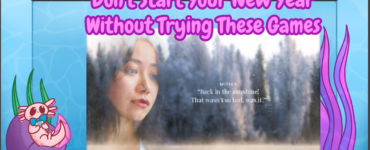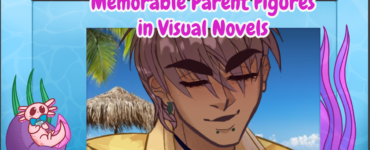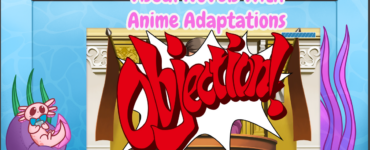Adabana Odd Tales is the latest visual novel from Liar-soft, the developer behind visual novels such as Gahkthun of the Golden Lightning and Kindred Spirits on the Roof. “Adabana” refers to a flower that doesn’t bear fruit, or something fleeting and meaningless—in this case, tales like dreams that always end when you awake.
One of the most immediately striking things about Adabana Odd Tales is its art. The scenes are absolutely gorgeous, in both regular scenes and especially the beautiful CGs where the game truly gets to showcase its style. Everything has the appearance of sketched images and painted scenes, which is fitting, since illustrated stories and storytelling are at the core of the plot.
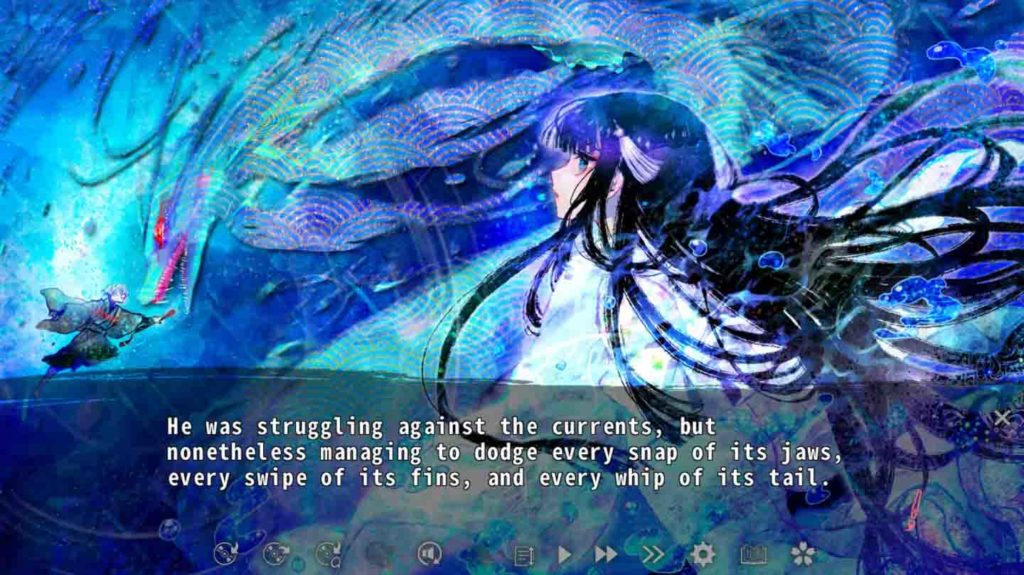
It begins on a train, as an unnamed character notices the man sitting in the other seat is holding a book. He says it’s called Adabana Odd Tales and then begins to explain it. That’s when the story truly begins, and within this in-game book that gives the visual novel its name, we’re introduced to a girl who has lost her memories and finds herself facing a monster. Just as it’s about to strike, a boy swoops in and cuts it down with the paintbrush he wields. He addresses the girl as Shirohime and says his name is Kurofude. Unperturbed by her memory loss, he explains that they are travelers who visit the worlds of illustrated storybooks.
When they enter one of these worlds, the story plays out as it is written, only advancing when they turn the page. However, Shirohime and Kurofude don’t just visit these worlds for pleasure. Creatures known as bookworms have eaten away words in some of the books, and it’s their duty to capture the bookworms, turn them back into ink, and then repair the stories.
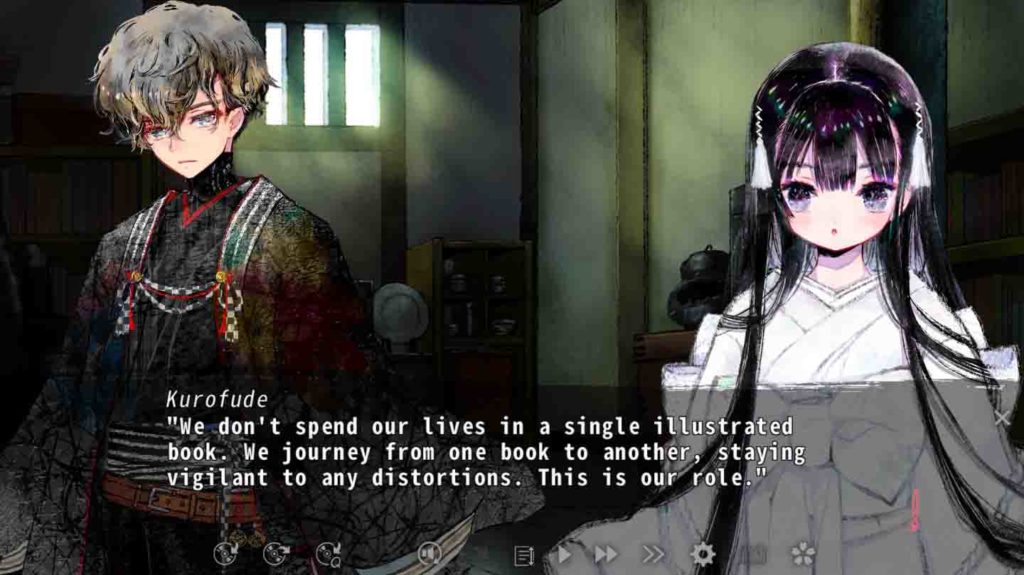
Although Shirohime is a bit taken aback by all of these revelations, she accepts them and joins Kurofude to enter the distorted worlds of books that have been damaged by bookworms. The way Adabana Odd Tales handles this aspect is fascinating. Each illustrated world has a single “guide” who is aware that they are living in a story and can interact with Shirohime and Kurofude. The story only progresses as they turn to each new page, and a section eaten away by a bookworm forces everything to a halt until the book is repaired.
While the stories are partly depicted in a standard ADV style as Shirohime interacts with the illustrated world she’s in, she and Kurofude also have a copy of the book in question. They read it, and the storybooks are also available for the player to read at any point. This integration of the story being shown on the page in addition to the events playing out around them is a nice touch, and it contributes to the surreal idea of visiting a storybook.
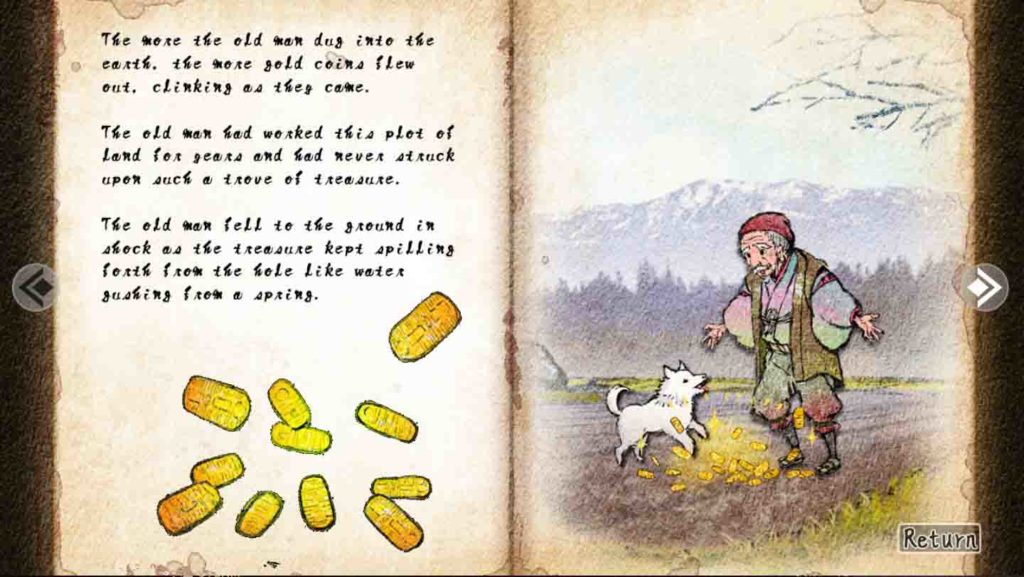
Things quickly become much more serious than a simple tale of stories that need to be repaired. These fairy tales don’t always have happy endings, much to Shirohime’s horror. And when a character in a story wants to change it, they risk transforming into a monstrous, demon-like creature, known as an Adabana Spoiler, that brings about a nightmarish world in a twisted attempt to fulfill the wishes that gave it life. In this way, Adabana Odd Tales raises questions about the nature of storytelling. Should an unhappy story have its ending changed? Is a story with a sad conclusion better off not ending at all? If there are multiple versions of a story, are they both equally valid?
As Shirohime grapples with these questions, the player will have certain choices to make. Only a handful of these choices show up, but they determine the outcome of each illustrated story…whether that means a happy ending for everyone or a horrific nightmare that leads Shirohime to desperately write her own, simpler tale so she can pretend things worked out differently.
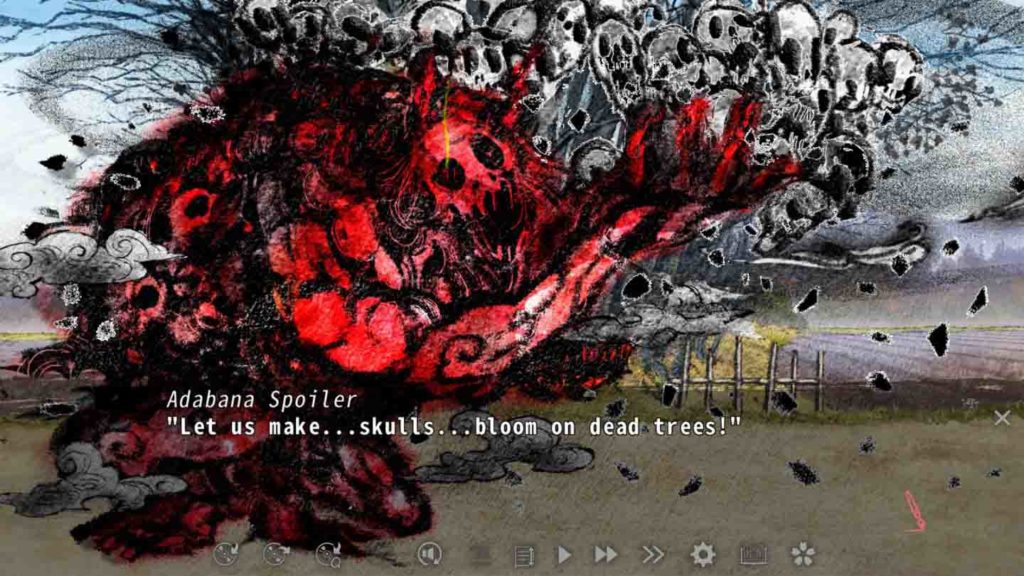
Amidst all of this, there is also the problem of Shirohime’s lost memories. As she visits each story and gets to know Kurofude better, she begins to grasp faint images from the past. Little by little, her memories begin to return, in a story that is just as compelling and important as her attempts to restore happiness to the fairy tales. Everything ties together in the end, and the outcomes of the storybooks will in turn determine which of the game’s three endings you see.
Adabana Odd Tales is a beautiful visual novel that deals with themes about the nature of storytelling itself. It’s also the story of a boy and girl who have reconnected in a strange world of illustrated books. At times it’s sweet, at other times sad, and at still other times unexpectedly exciting as the stories take their twists and turns. It’s a great story, and as I grew attached to Shirohime and Kurofude, I found myself eager to see their story through to the end—no matter where it would leave.
You can purchase Adabana Odd Tales from Steam.


